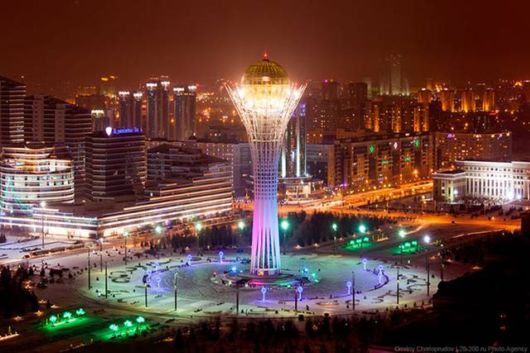In addition to geographical reasons for the delay in the press and analysts, there were other, ethno-demographic reasons the capital transfer, which are rarely voiced by the authorities of the republic itself.
In the early 1990s, proclaimed the sovereignty of the republic actively emigrated and another Russian-speaking population. Emigration took off part of the growing inter-ethnic tensions in the Kazakh society, but the risk of secession predominantly Russian-speaking North-Eastern Kazakhstan maintained. In this case, the rural Kazakh population, as well as its migration mobility within the country, continued to grow, despite the fact that the Alma-Ata was already physically unable to accommodate all internal migrants. In these circumstances, the authorities sought to redirect flows of Kazakh villagers to the city with greater growth prospects, and quickly derusifitsirovat predominantly Russian-speaking northern region.




 INFORMATION CLUB
INFORMATION CLUB Informative Zone
Informative Zone Places
Places The Astana - The Capital Of Kazakhstan
The Astana - The Capital Of Kazakhstan INFORMATION CLUB
INFORMATION CLUB Informative Zone
Informative Zone Places
Places The Astana - The Capital Of Kazakhstan
The Astana - The Capital Of Kazakhstan
